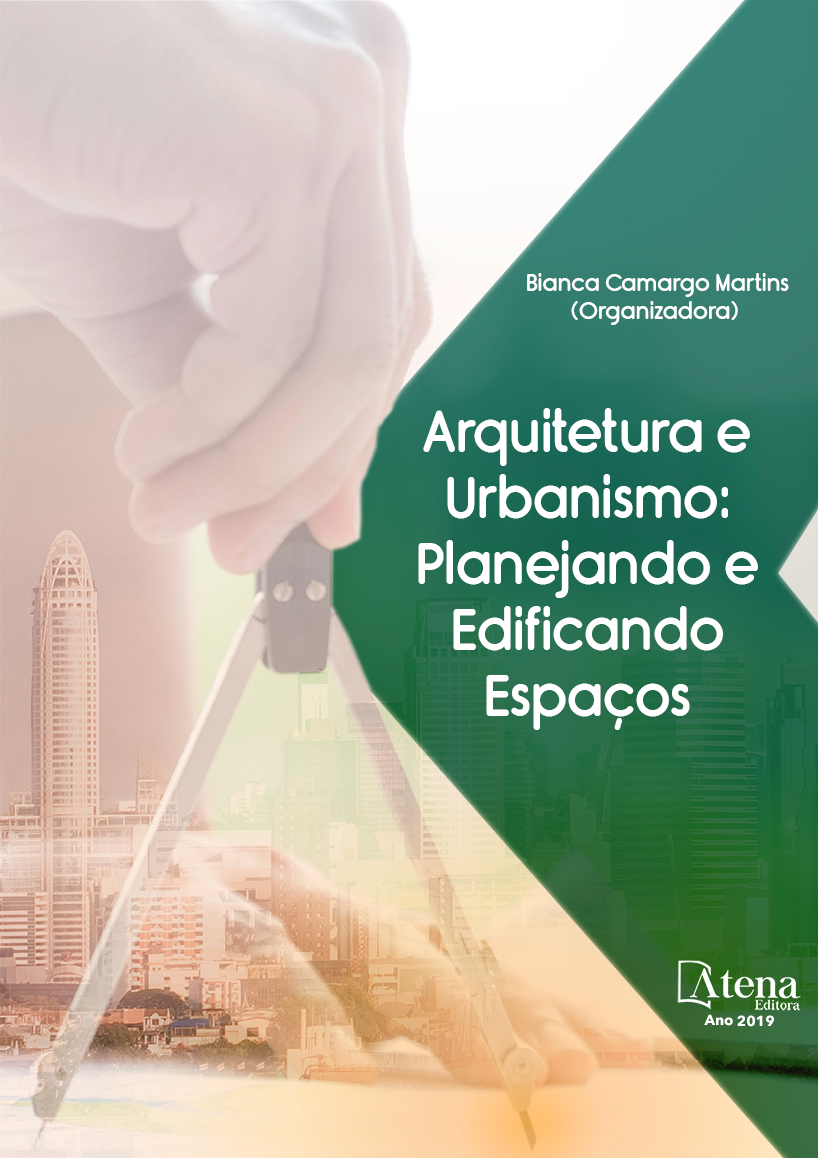
A Pobreza Invisível
A pobreza urbana se concentra,
tradicionalmente, nos espaços degradados e
marginalizados das cidades brasileiras: áreas
que não interessam às elites e, logo, onde
articulam certa tolerância a sua permanência
informal. Assim, ao se tornarem invisíveis aos
olhos da cidade, conseguiam organizar, por
vias alternativas, sua existência segundo suas
próprias regras e condições.
A invisibilidade da pobreza urbana é fruto de
um completo “esquecimento” ou “desinteresse”
diante de um fenômeno, que evolui, a medida
em que se tornam numérica e espacialmente
significantes, para relações de afastamento,
doutrinação, repulsa ou tentativa de controle.
Nesse sentido, a cidade formal articula
diferentes estratégias e mecanismos para
manter a diferenciação social e o afastamento
em relações a esses núcleos informais: postos
em prática segundo as ferramentas e condições
disponíveis, ou seja, conforme as condições
sociais e políticas de cada momento específico.
Assim, este artigo procura analisar a evolução
desses modos de percepção e interação que
a cidade formal desenvolve em relação aos
núcleos de pobreza e informalidade.
A Pobreza Invisível
-
DOI: 10.22533/at.ed.52819100717
-
Palavras-chave: Favela; Urbanização; Visibilidade; Pobreza
-
Keywords: Slums; Poverty; Visibility; Urbanisation
-
Abstract:
Urban poverty is traditionally
concentrated in the degraded and marginalized
areas of Brazilian cities: areas lacking interest
from the elites and, therefore, benefit from certain
tolerance regarding the informal settlements.
Thus, by becoming invisible in the eyes of the
city, they were able to organize, by alternative
means, their existence according to their own
rules and conditions.
The invisibility of urban poverty is the result
of a complete “forgetfulness” or “disinterest”
in the face of a phenomenon that evolves, as
they become numerically and spatially more
significant, to relations of social fracture, leading
to repulsion, indoctrination or attempt to control.
In this sense, the formal city articulates different
strategies and mechanisms to maintain the
social and spatial differentiation, reinforcing
their distance in relation to these informal
nuclei. Those mechanisms are put into practice
according to the available tools and conditions. In
other words: according to the social and political
conditions of any particular moment. Therefore,
this article aims to analyze the evolution of these
modes of perception and interaction which the
formal city develops in relation to the nuclei of poverty and informality.
-
Número de páginas: 15
- Tales Lobosco


